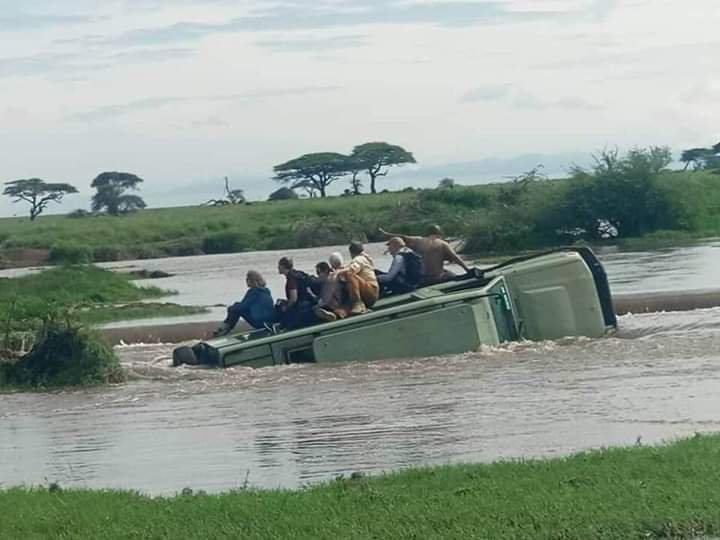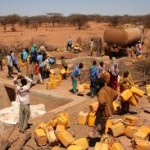Rainfall in East Africa from October to mid-November was as much as 300 per cent above average across the Horn of Africa, according to the Famine Early Warning Systems Network. The areas hit hardest include parts of Ethiopia, Somalia, and Kenya, where most of the deaths have occurred.
Floods have cut off West Nile from the rest of Uganda after R.Nile burst its banks on Tuesday. This north-western part of the country is now only accessible via ferries and air after the floods deposited heavy debris and weed on the road near the Pakwach Bridge in Pakwach district.
Flash floods and landslides triggered by heavy rainfall have killed at least 250 people in recent months in East Africa, adding to a weather-fueled crisis that has impacted some 2.5 million people in the region.
In response, Uganda National Roads Authority (Unra) has a temporary closed Packwach bridge until further notice and advises travelers going to and from West Nile to use the Gulu-Adjumani-Leropi ferry, Gulu-Adjumani-Obongi ferry or the Masindi Wanseko ferry.
A statement from UNRA, says their teams in Gulu and Arua are mobilizing equipment to clear the road for immediately use.
The Situation in South Sudan:
Response activities have been scaled-up across the affected locations where floods devastated the lives and livelihoods of some 908,000 people. As of 29 November, about 7,000 metric tons of food commodities have been distributed, reaching some 704,000 people with emergency food assistance.
Food distributions are ongoing in some locations. Additional response teams have been deployed to the affected areas to rapidly expand the registration and distribution.
About 11,000 households in Ayod and Akobo counties have received agricultural inputs, vegetable seeds and fishing kits, while more distributions are proceeding in the affected-counties in Upper Nile, Jonglei, Unity and Abyei, targeting another 65,000 families. About 2,500 households have been assisted with the minimum water, sanitation and hygiene (WASH) packages.
Some 9,000 households have been assisted with the Emergency Flood Rapid Response Kits (EFRRK), while distribution is underway for another 12,000 families. An estimated 23,000 households in priority locations need assistance.
Humanitarian organizations are using air and waterways to transport aid to hard-to-reach locations where people are taking shelter. In some areas where water levels remain high, particularly in Pibor in Jonglei, the affected people have to walk through mud and water to the distribution points at the airstrips.
To increase access and response activities, humanitarian organizations are repairing roads, particularly in the Maban area, with the participation of the local community. More than 220 metric tons of emergency aid items—assorted food items, health, nutrition, shelter, protection and WASH supplies—were transported to priority locations.
US $15 million from the UN’s Central Emergency Response Fund is being released to replenish pipelines that agencies are already drawing upon to forward response. Another US $10 million from the OCHA managed South Sudan Humanitarian Fund will be allocated to enable an immediate, frontline response. These represent 41 per cent of US $61.5 million, the total funding required to meet the immediate needs of the most vulnerable people.







